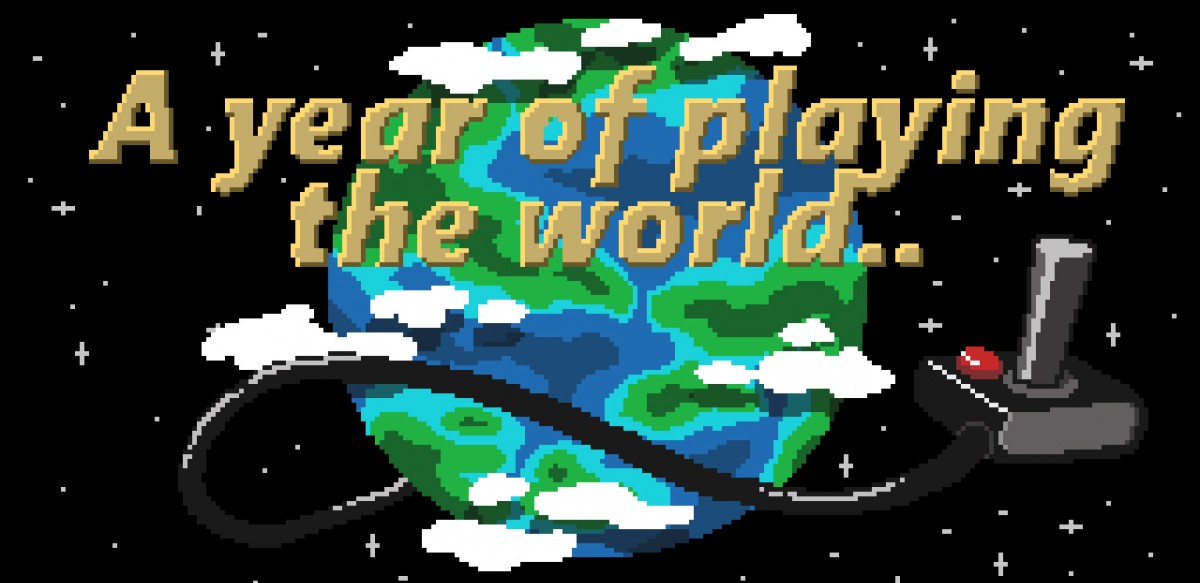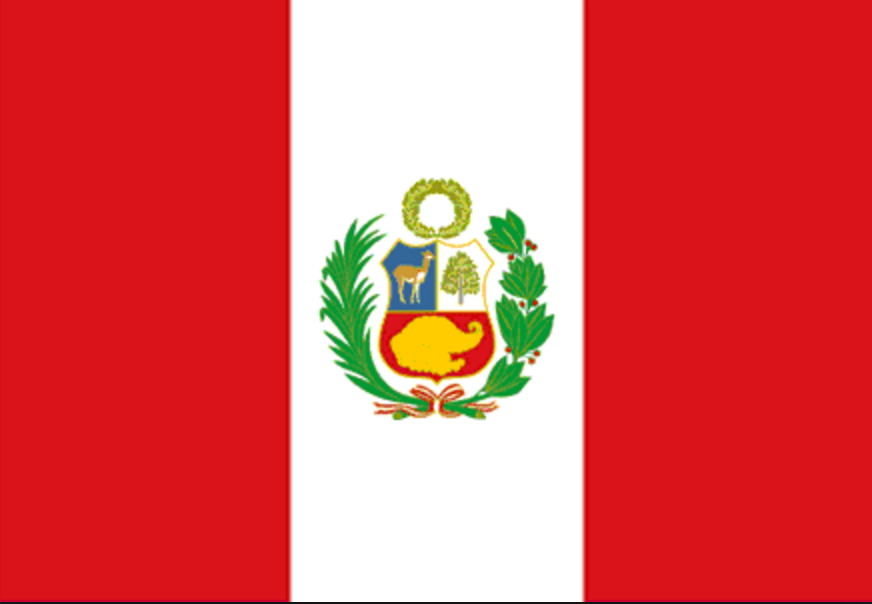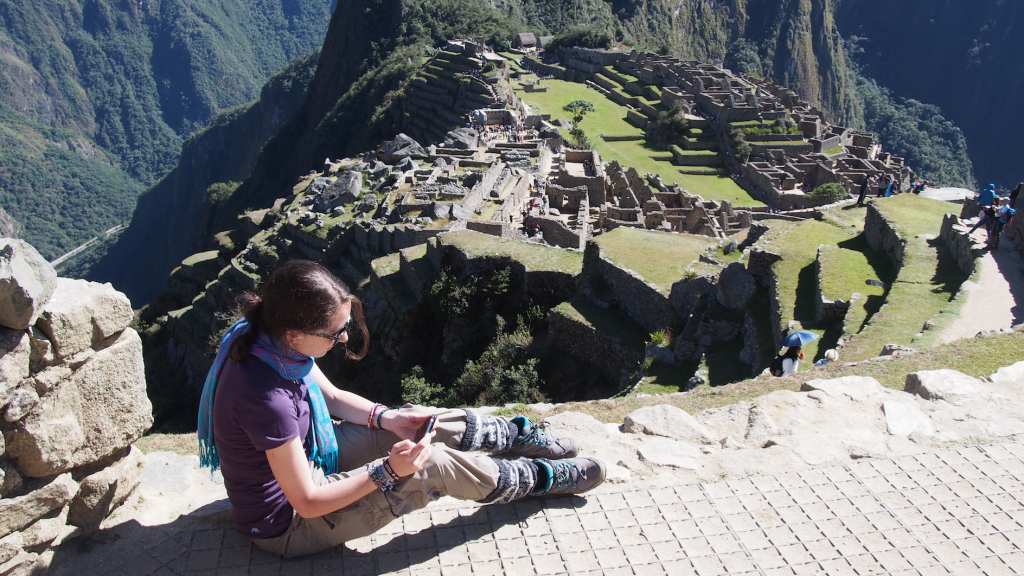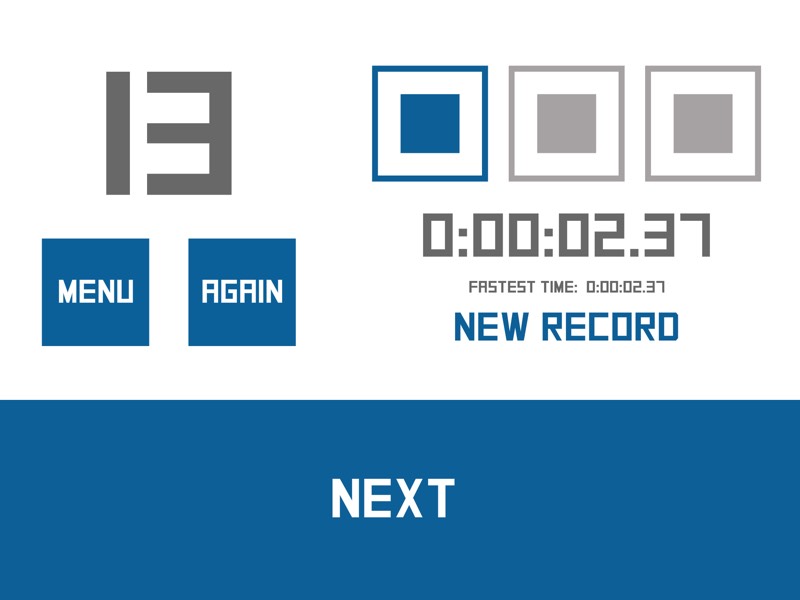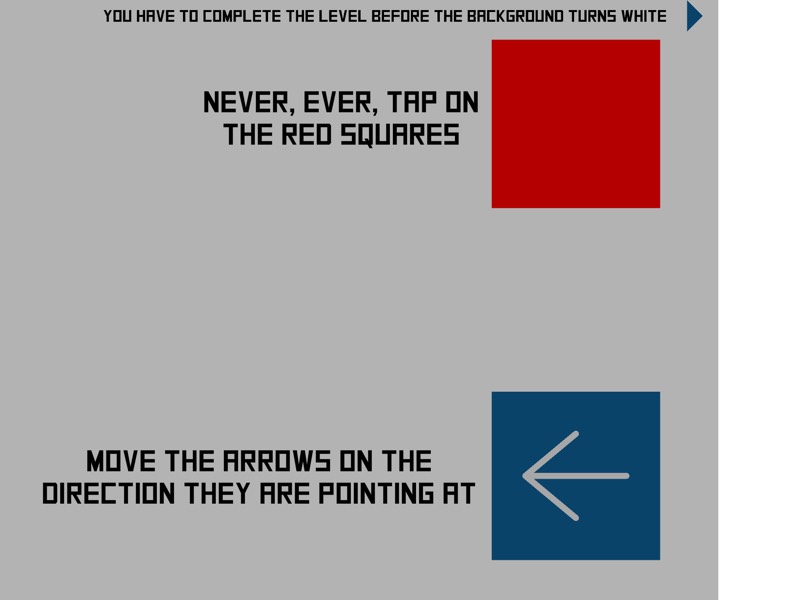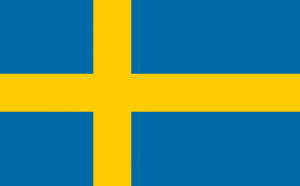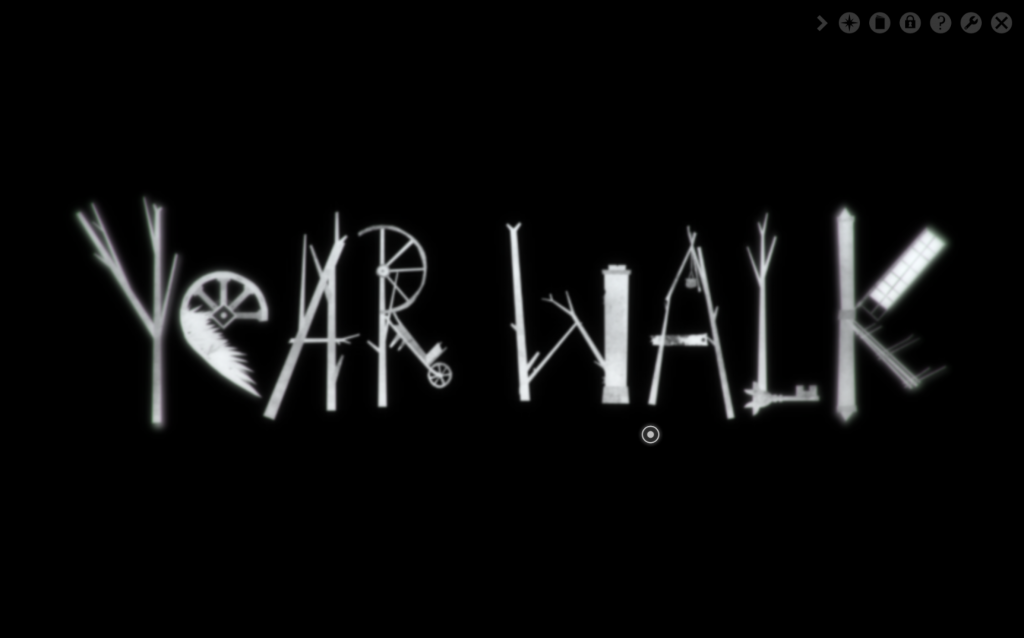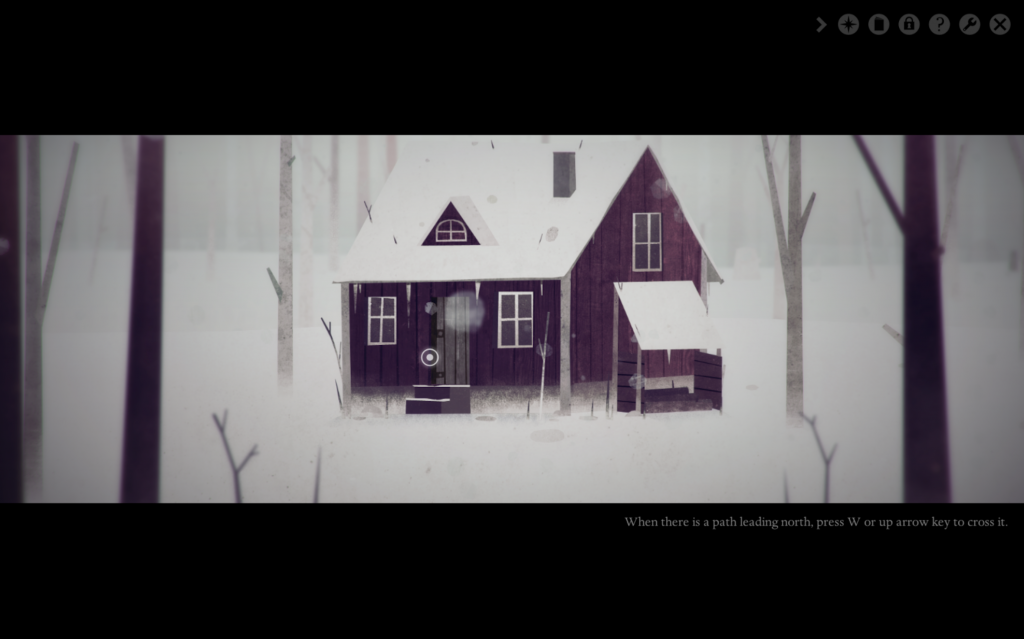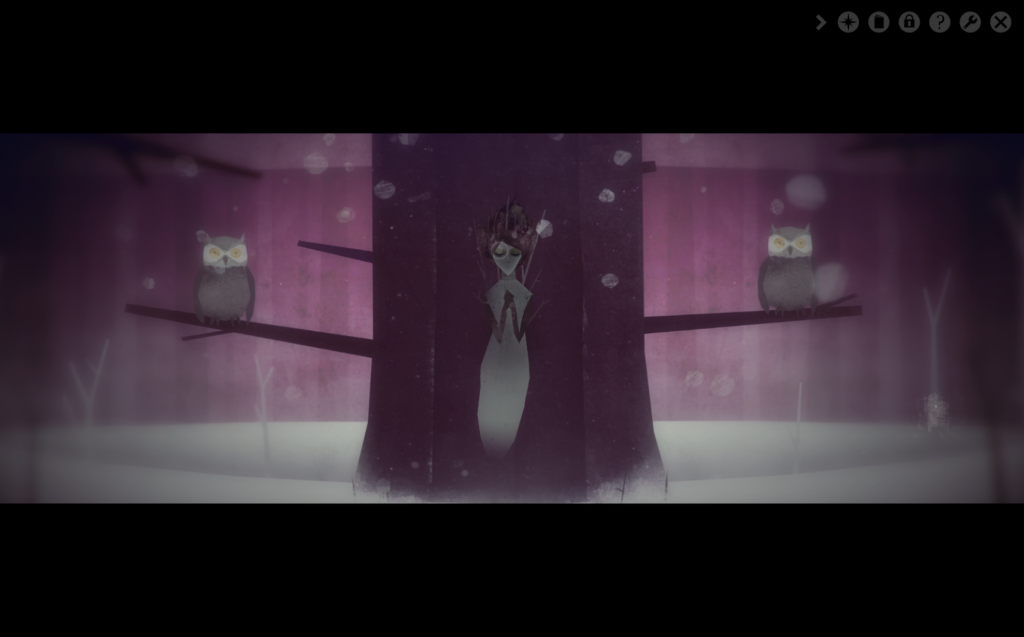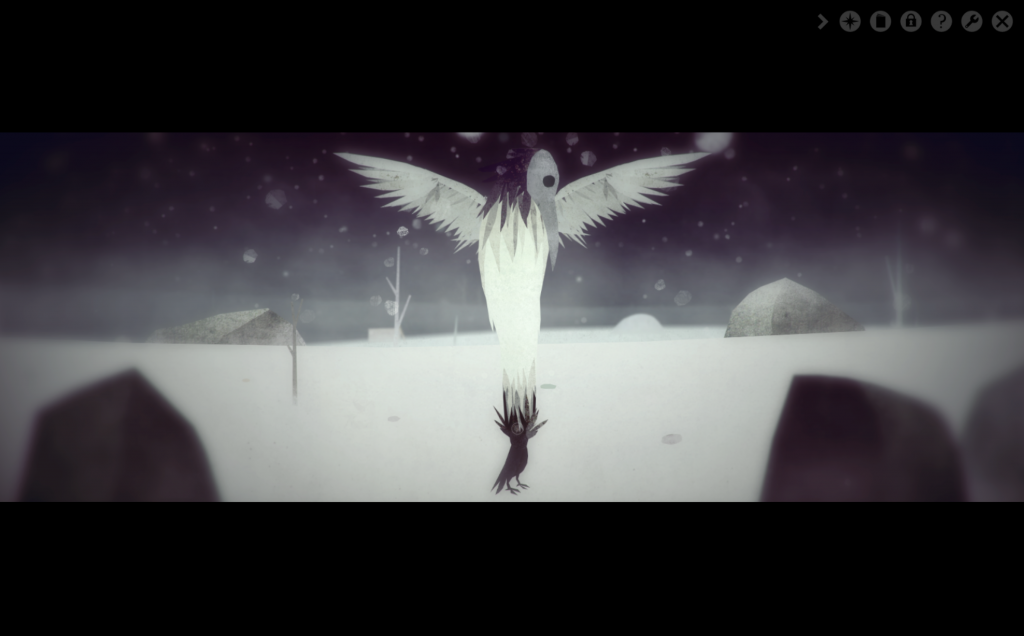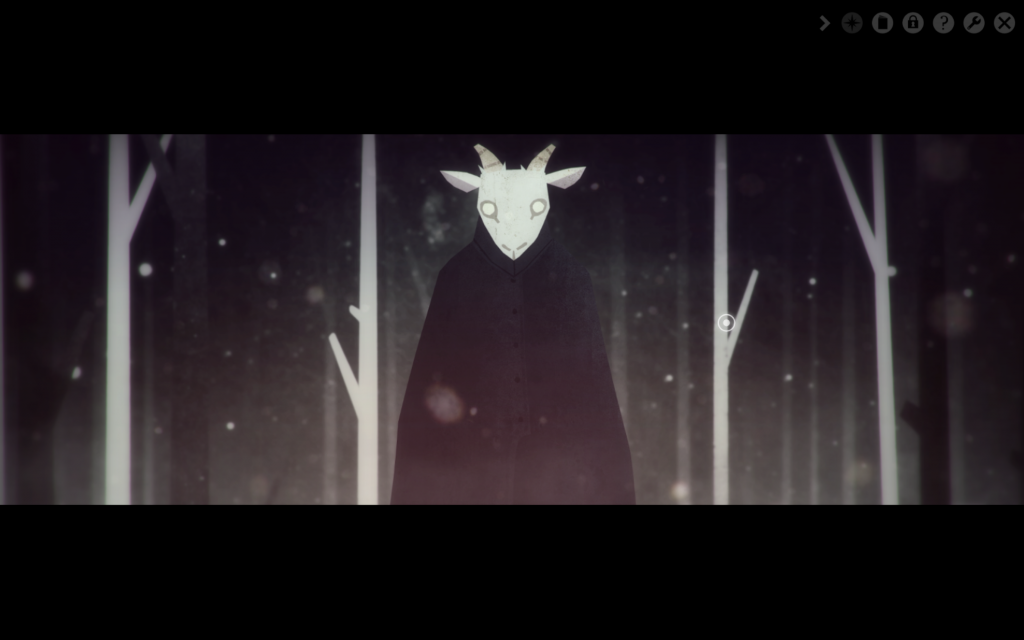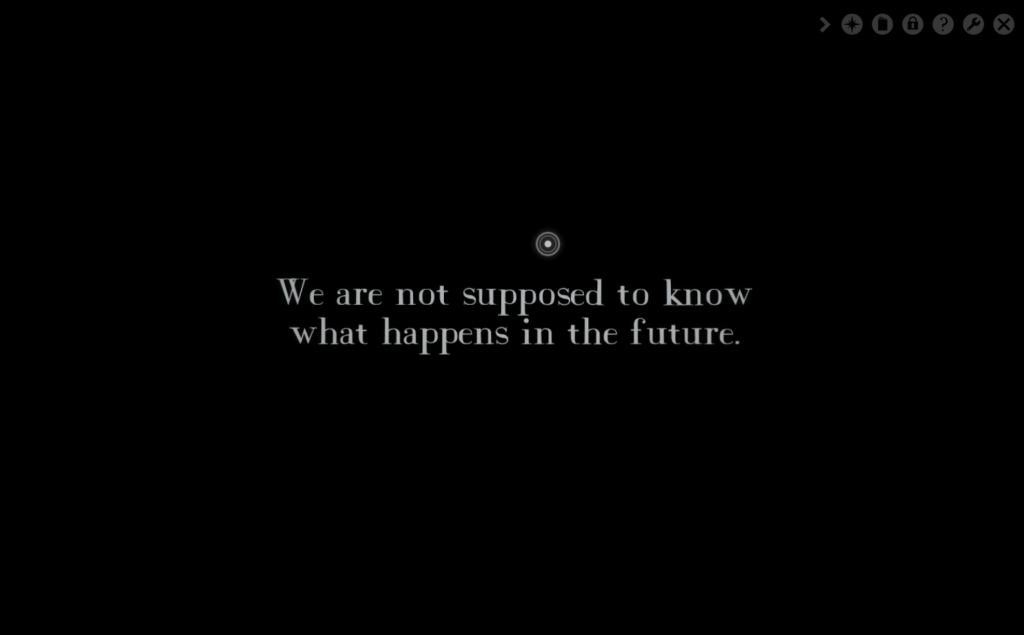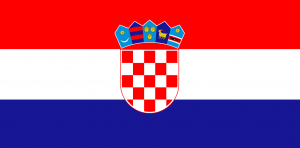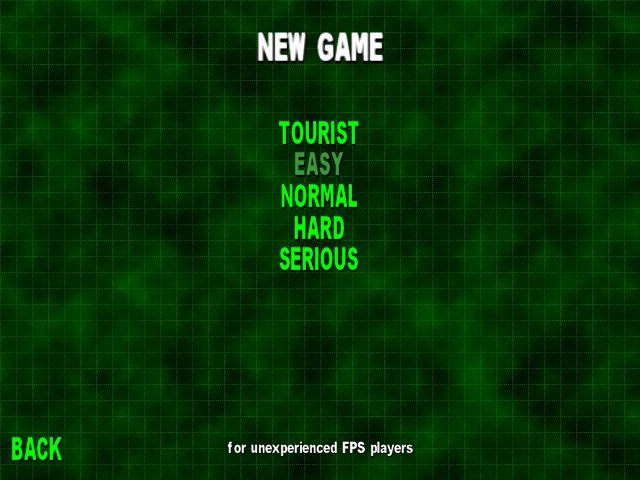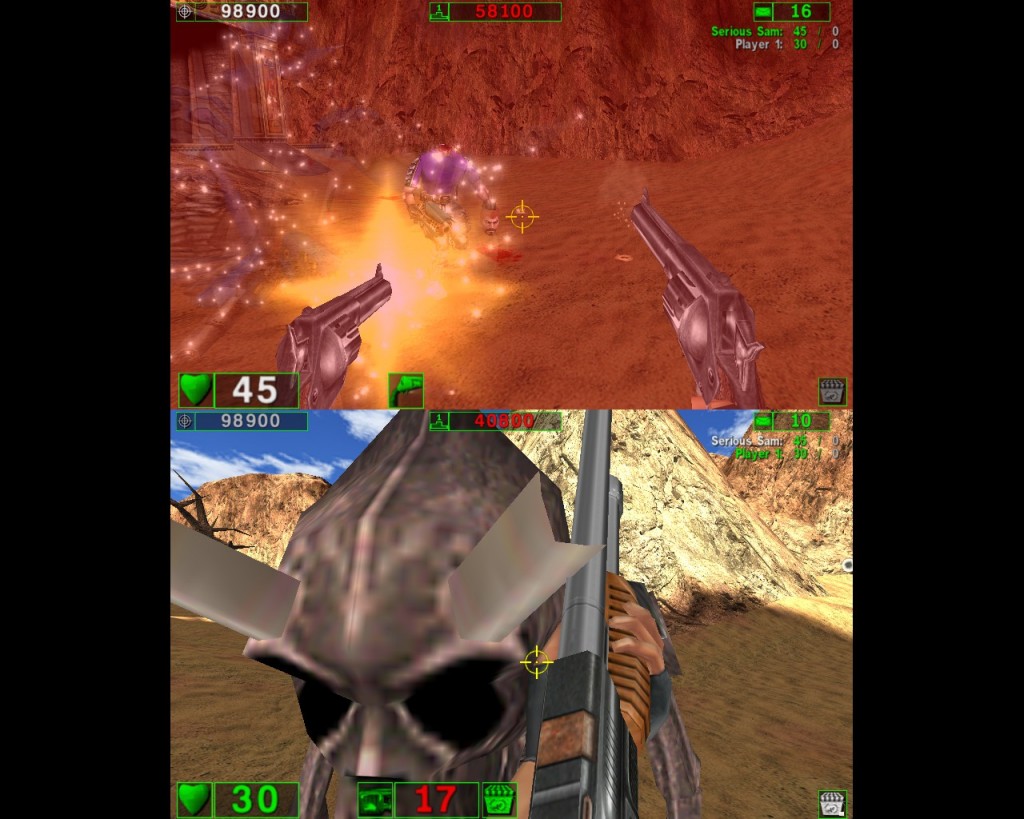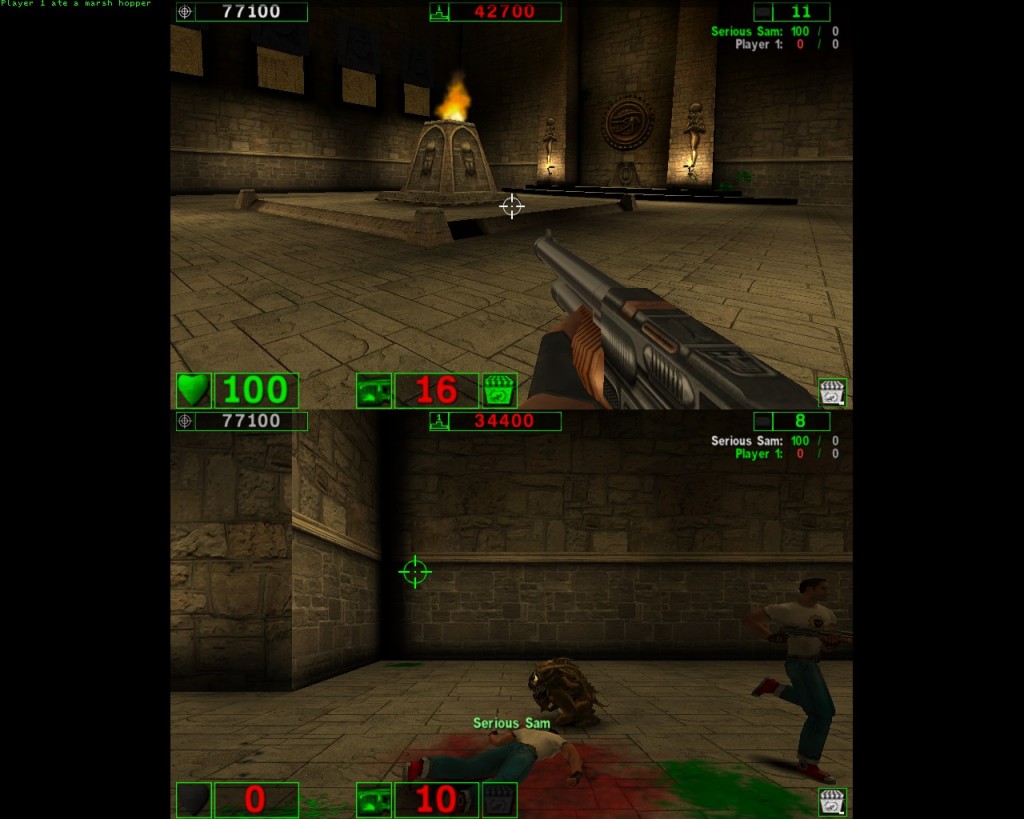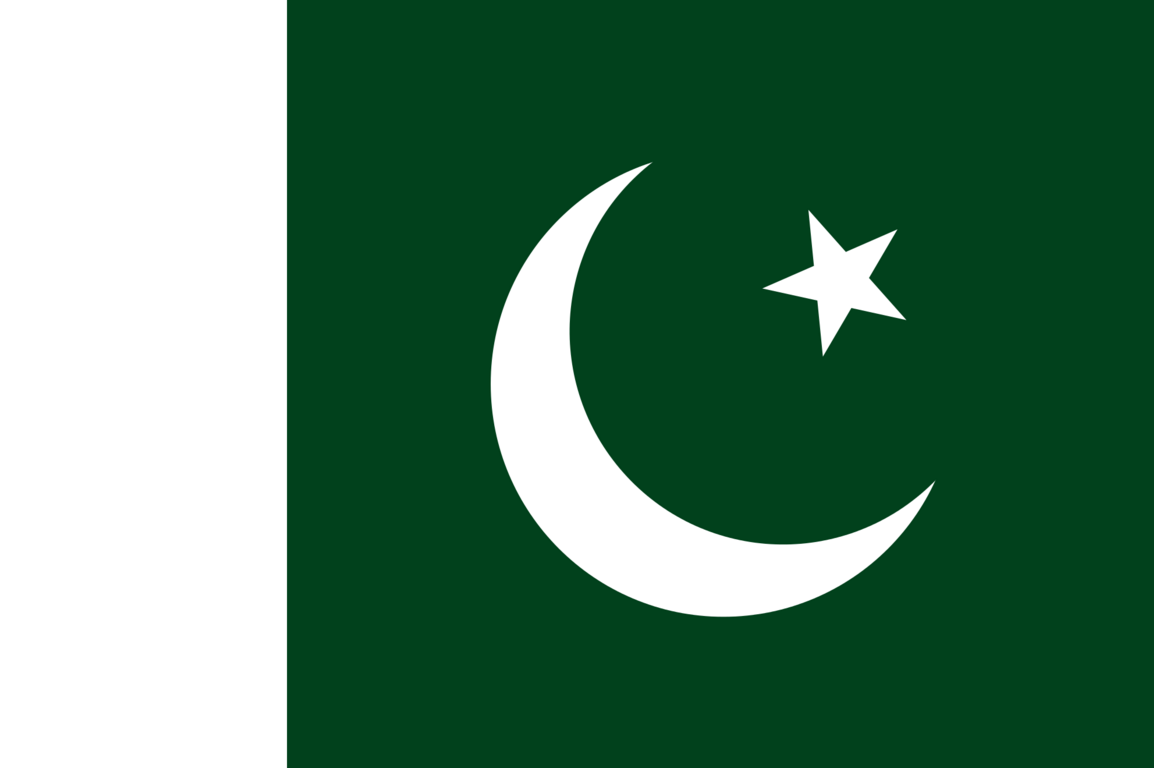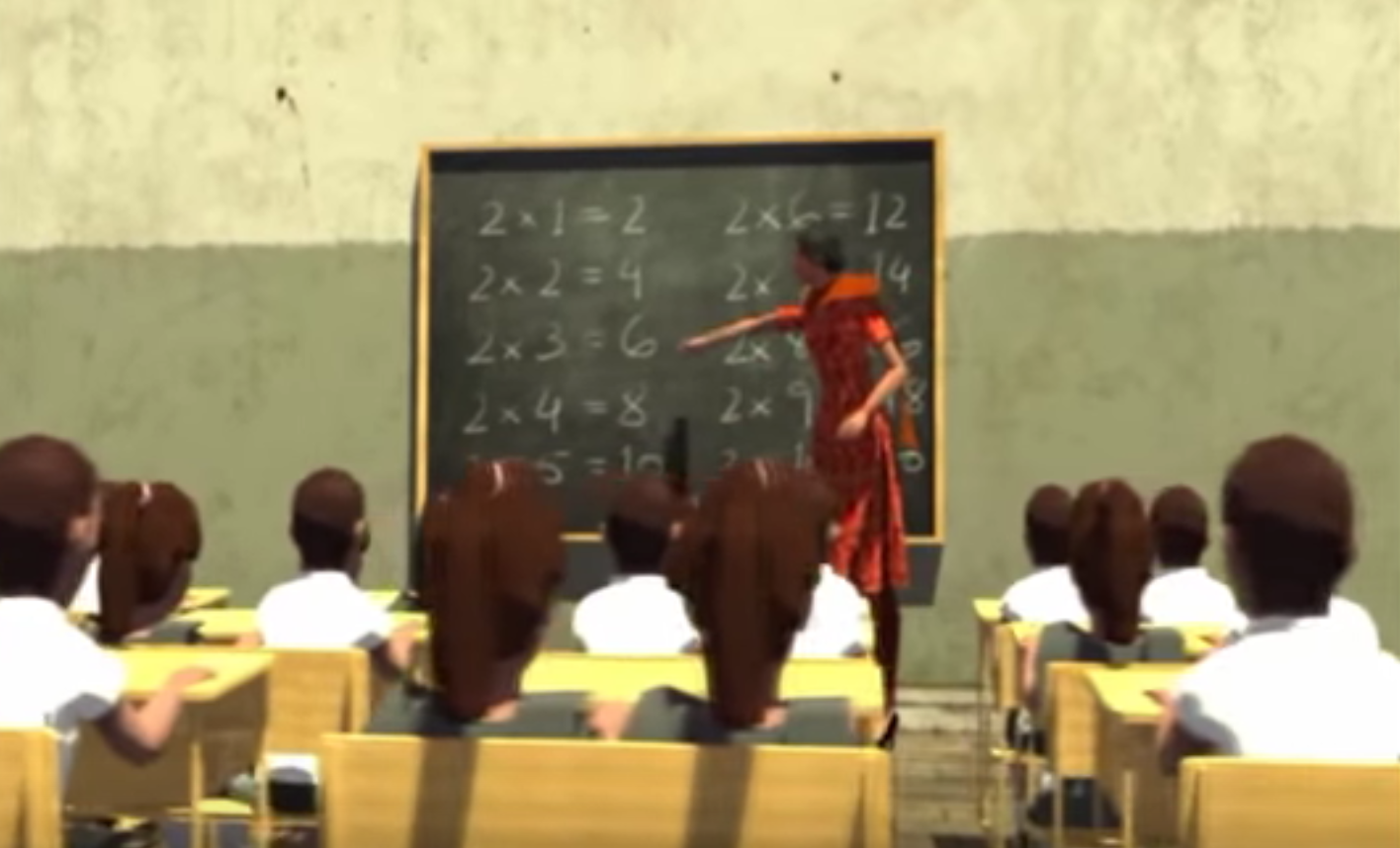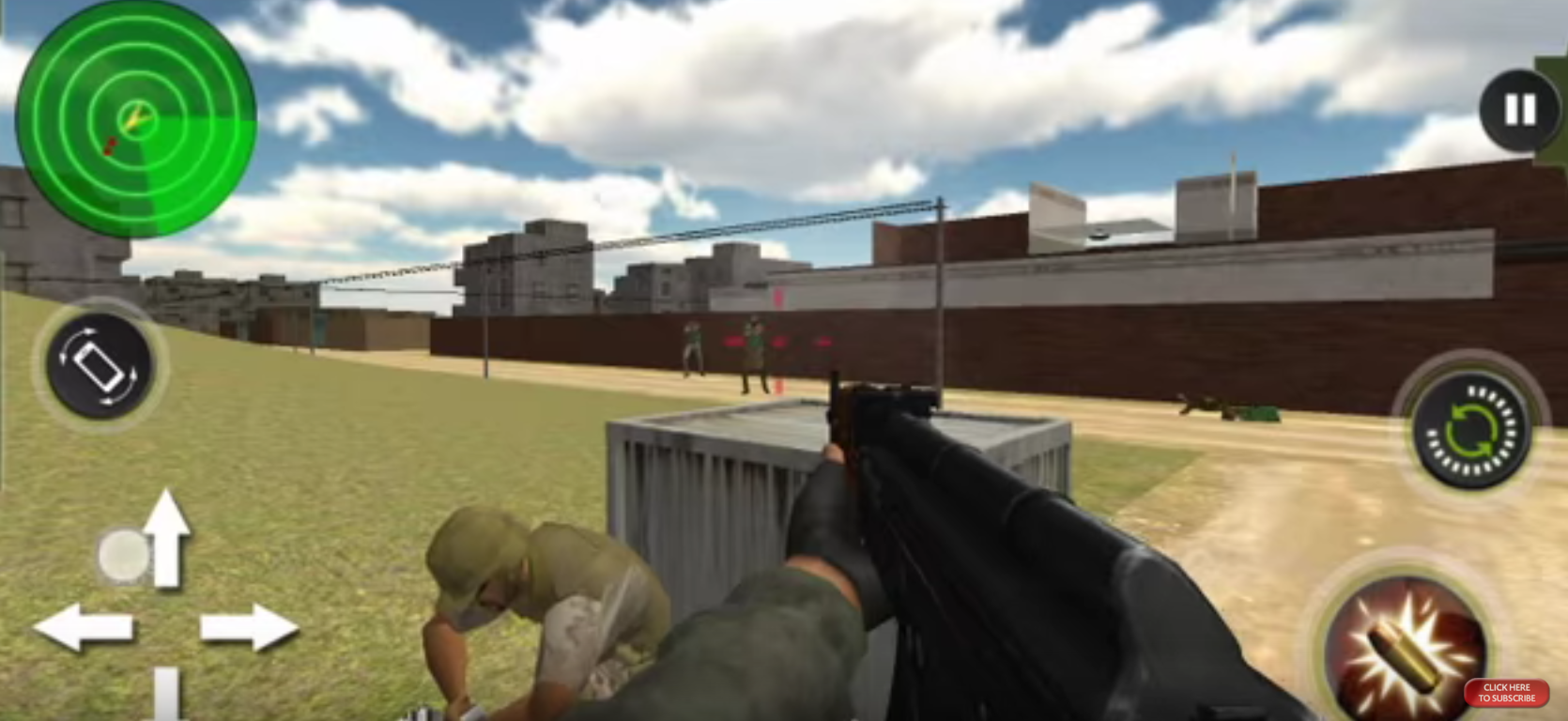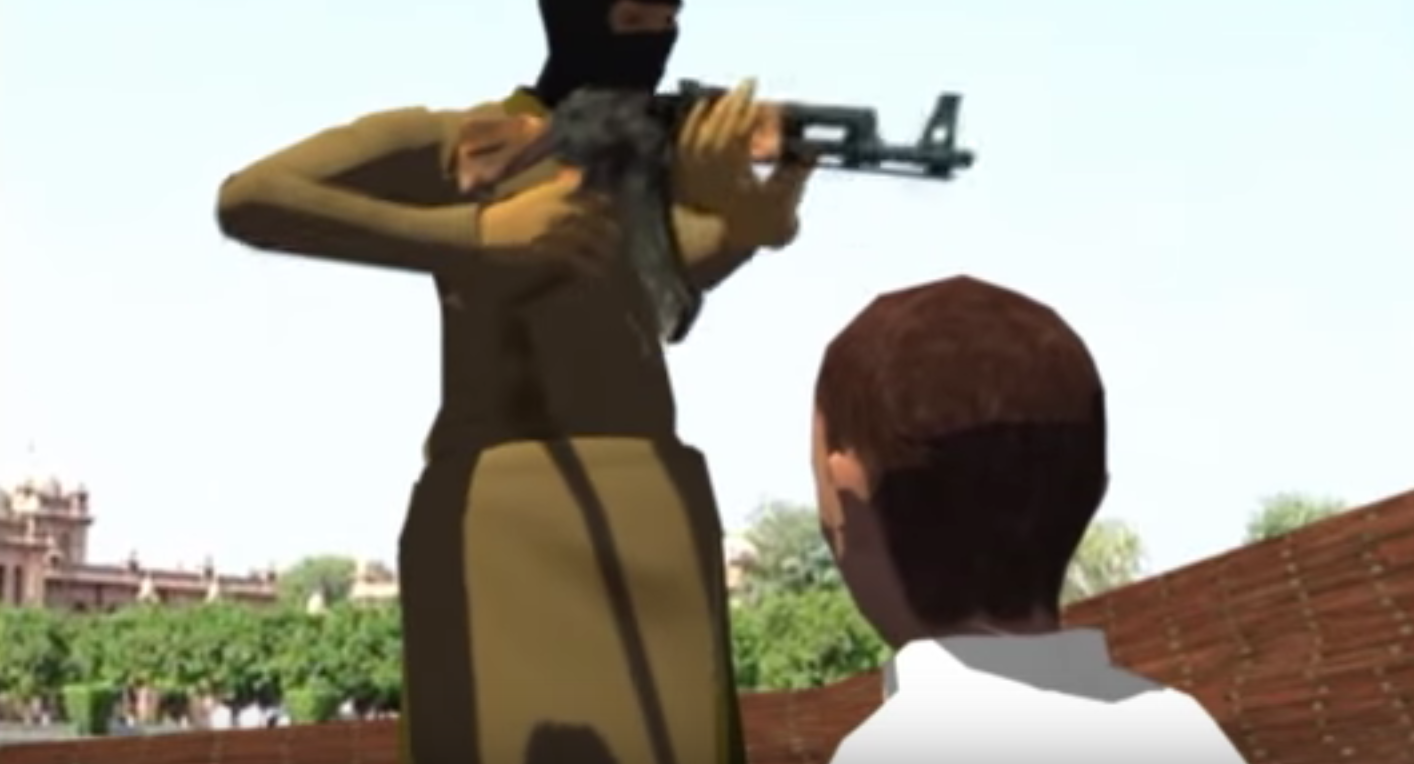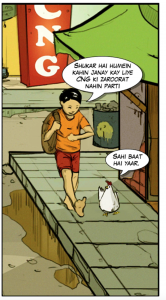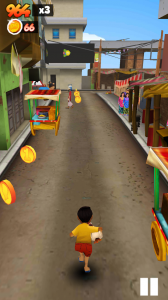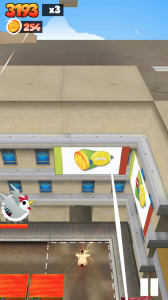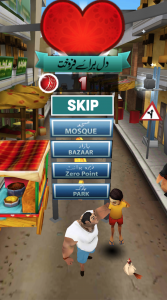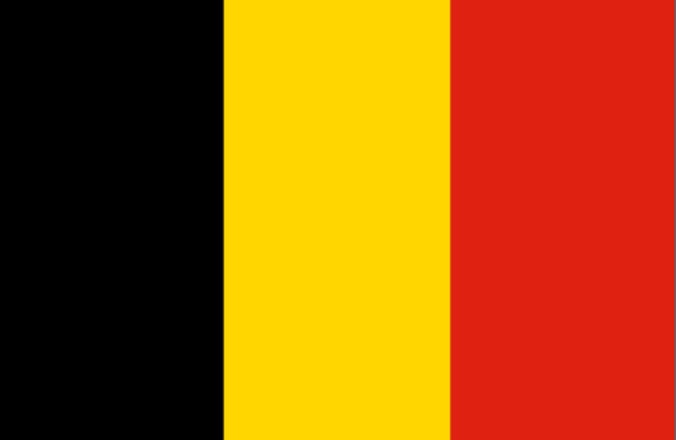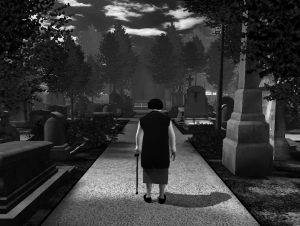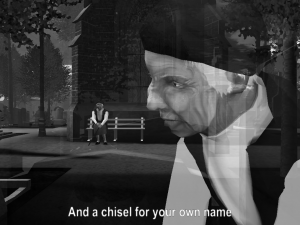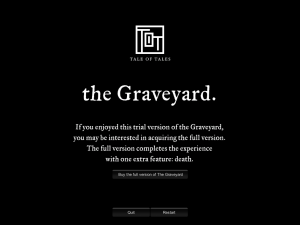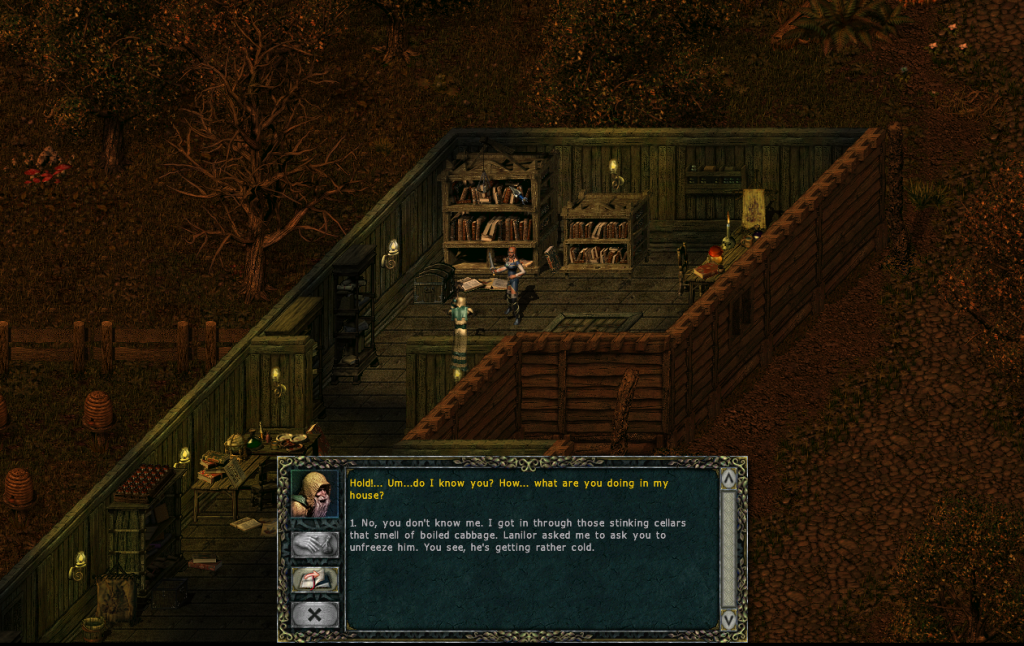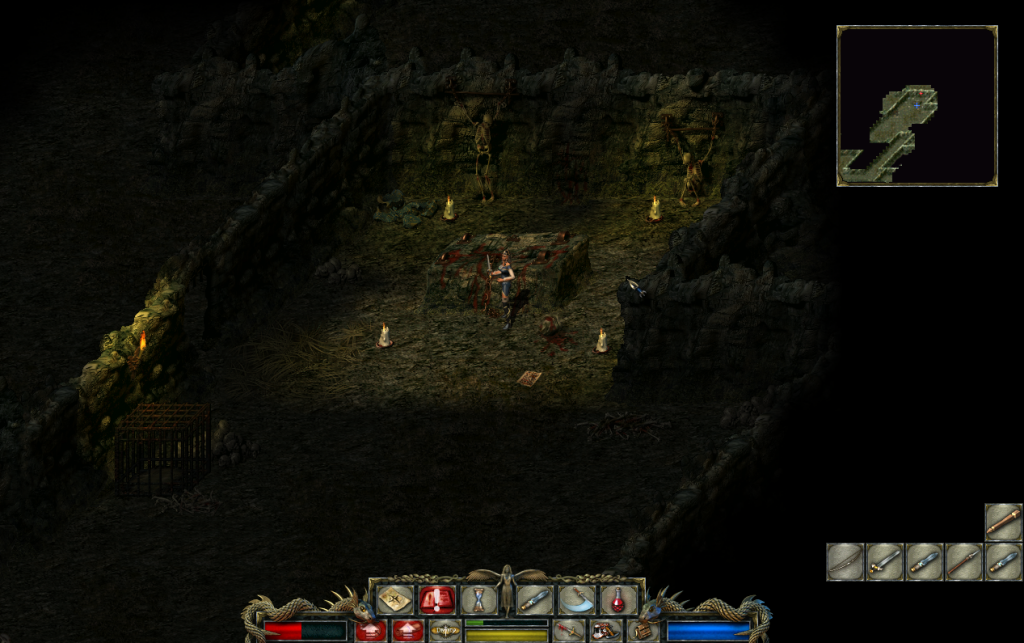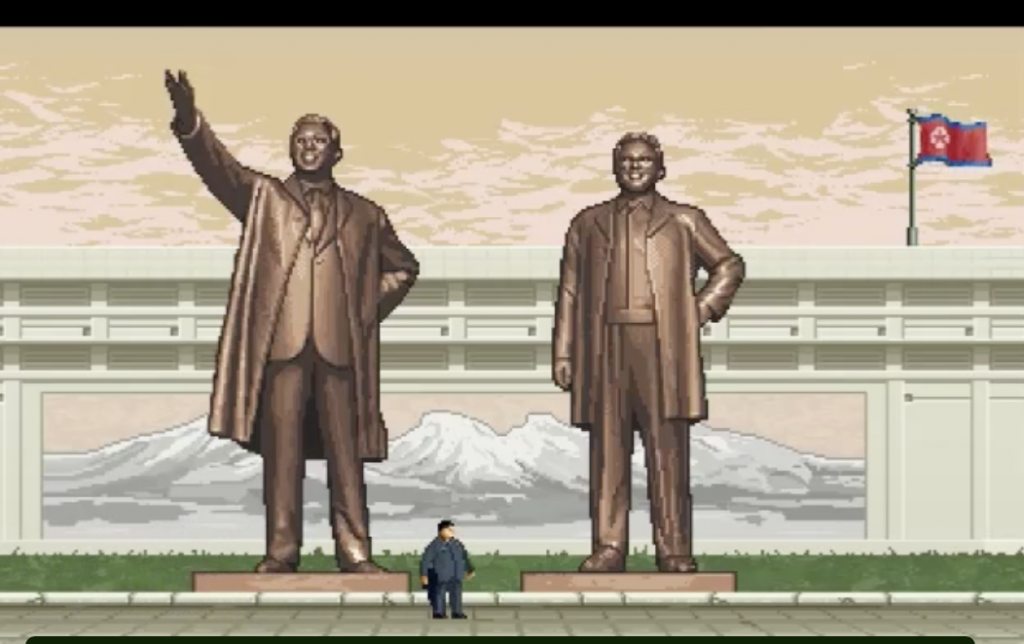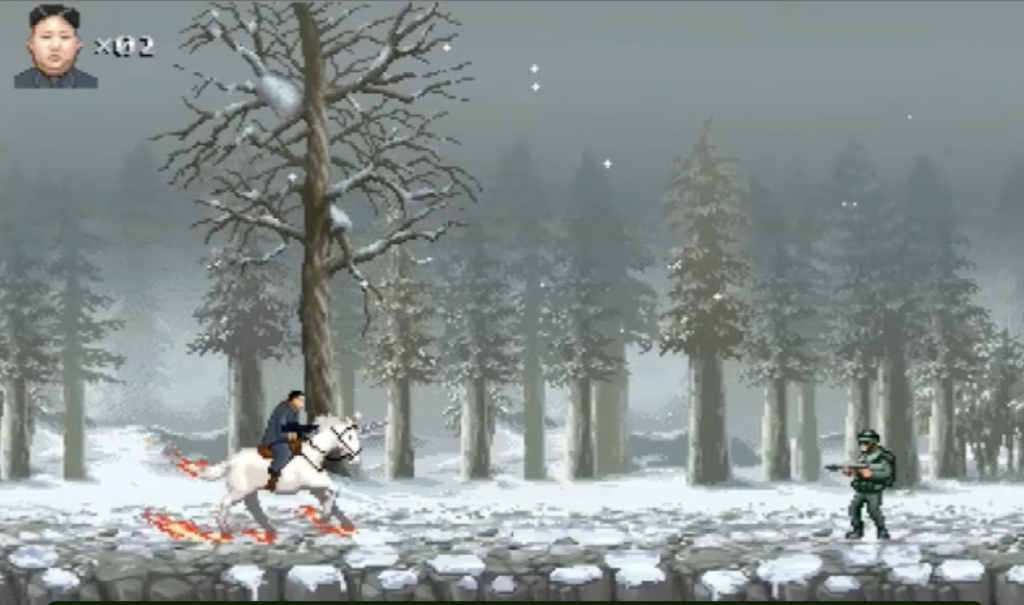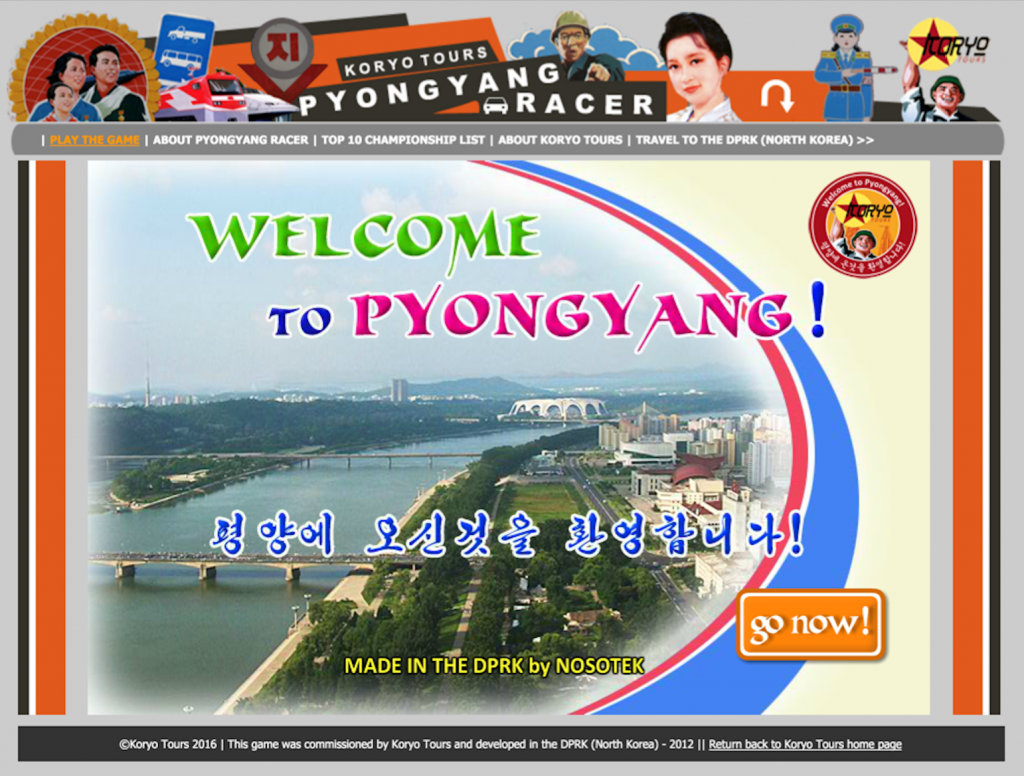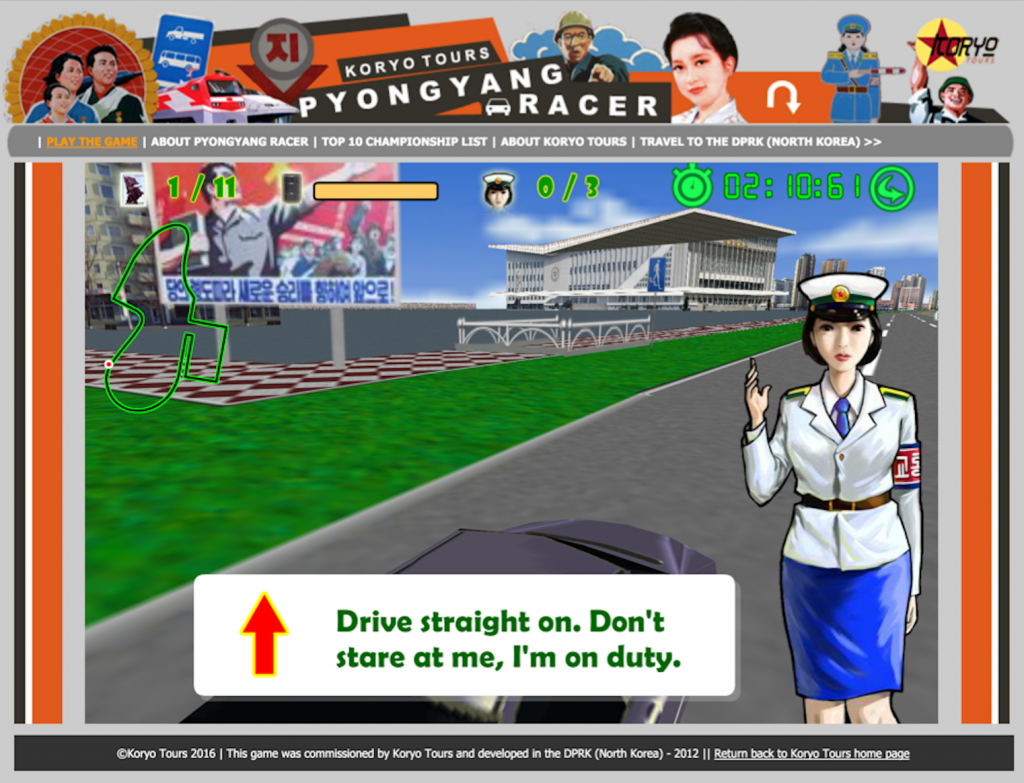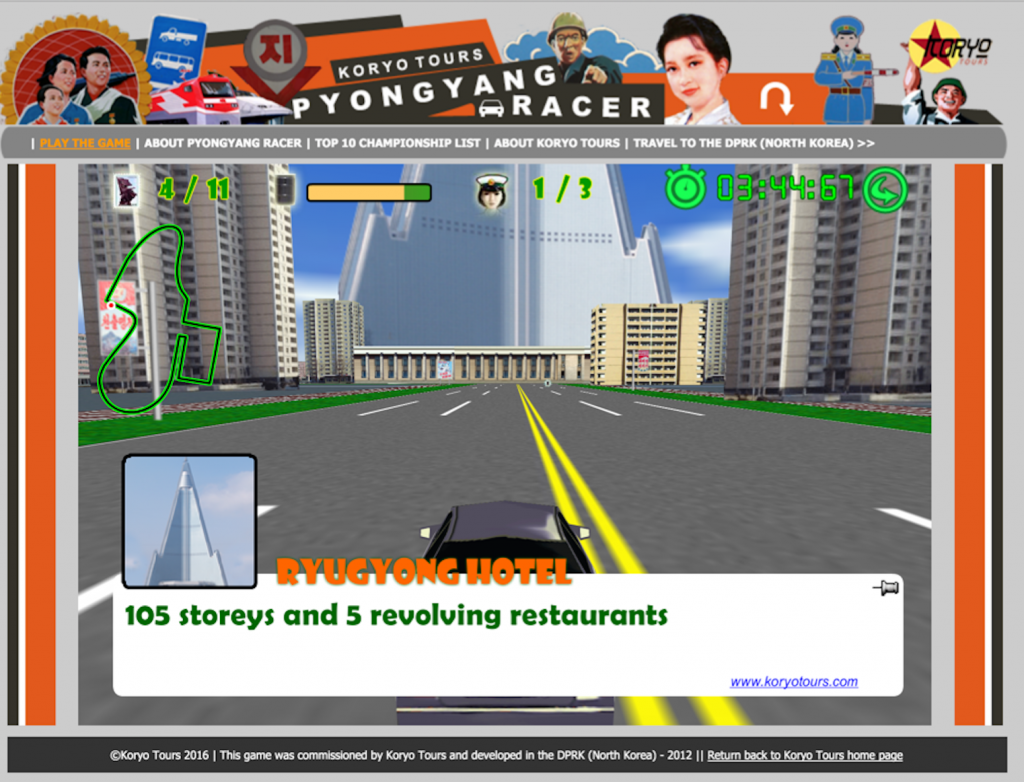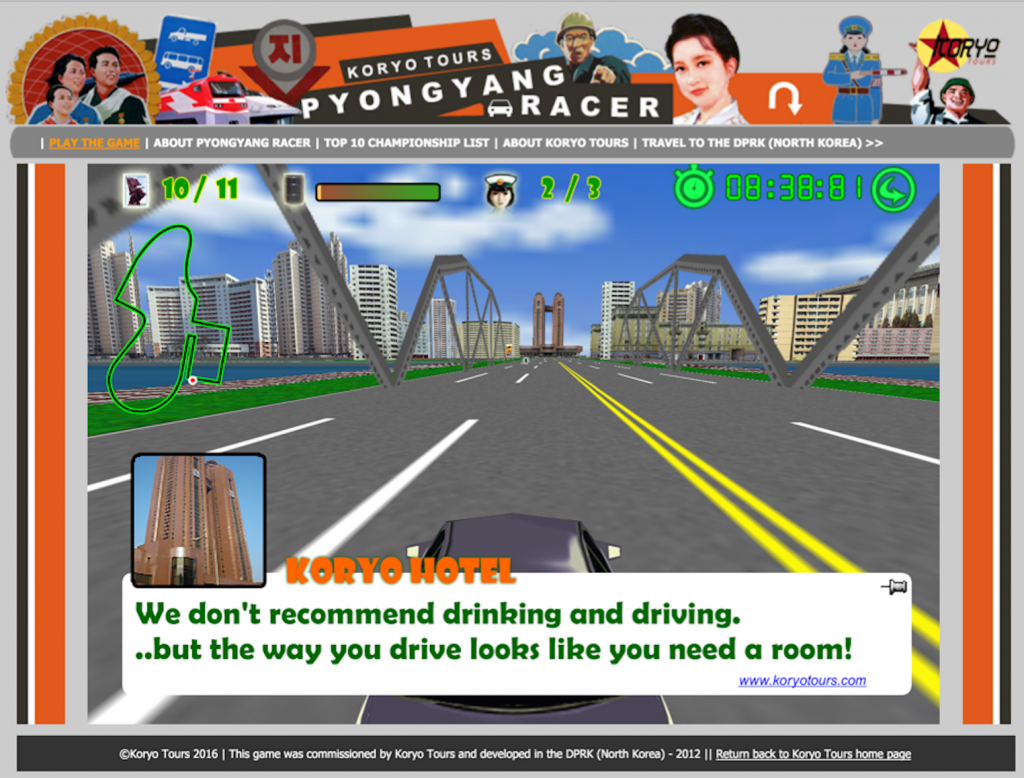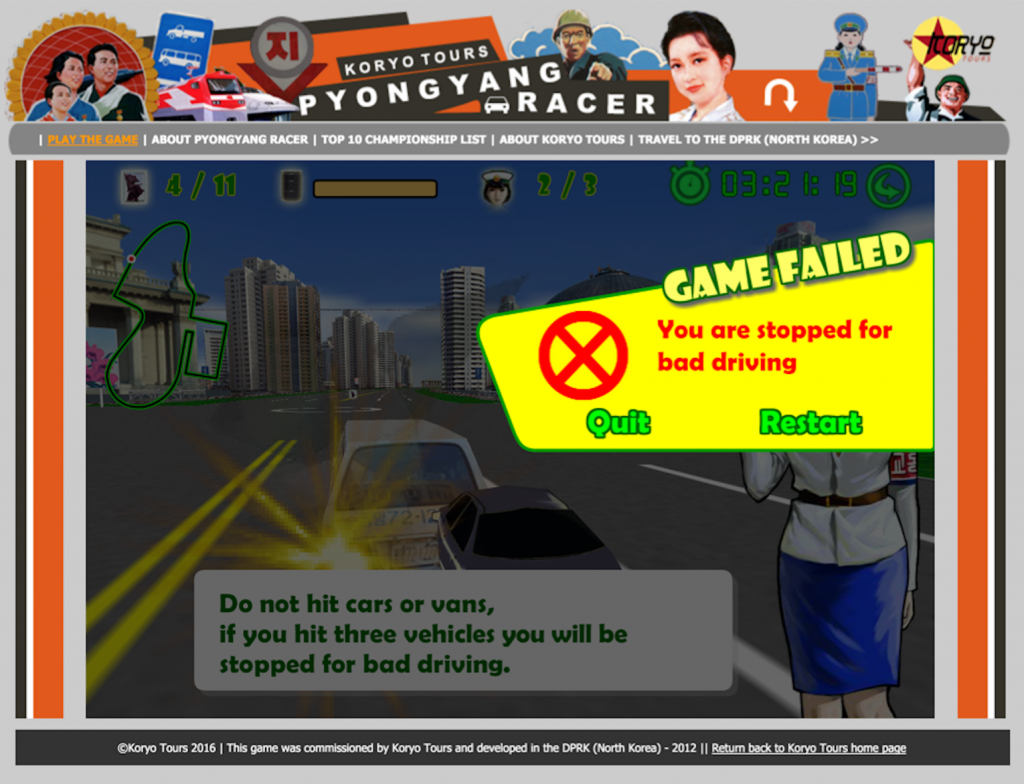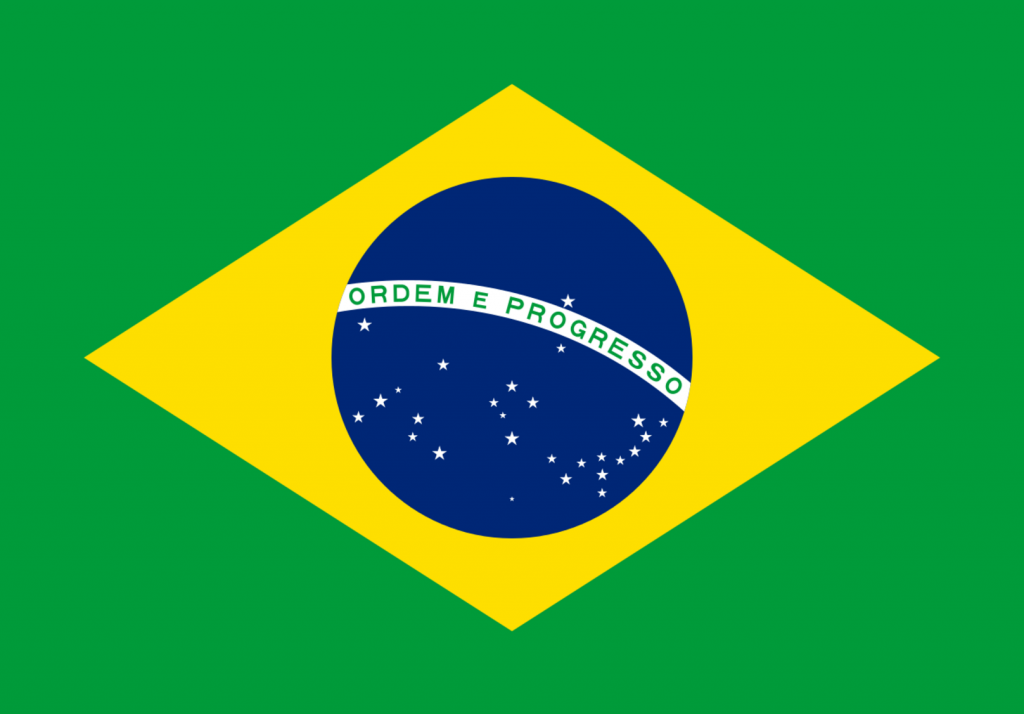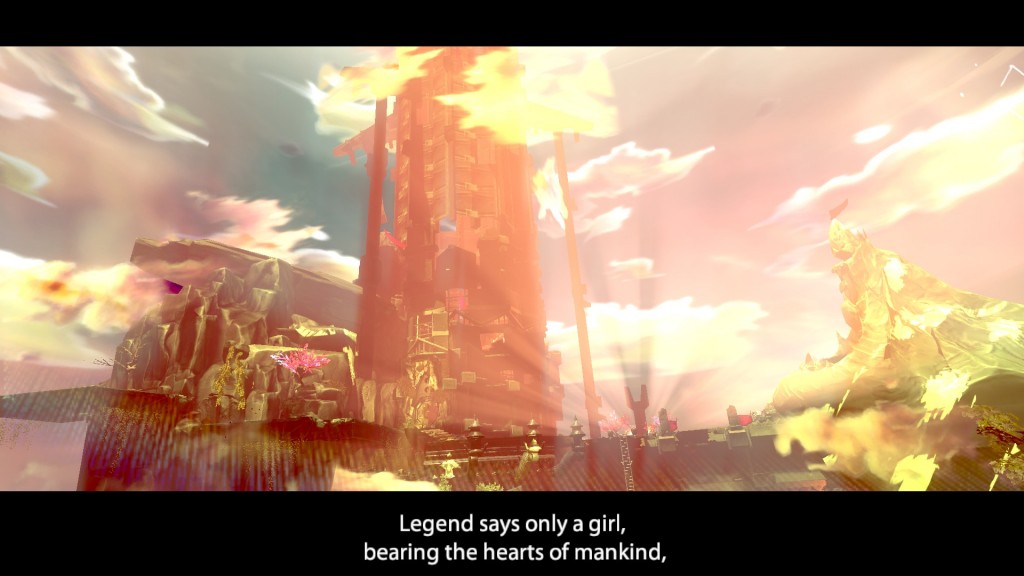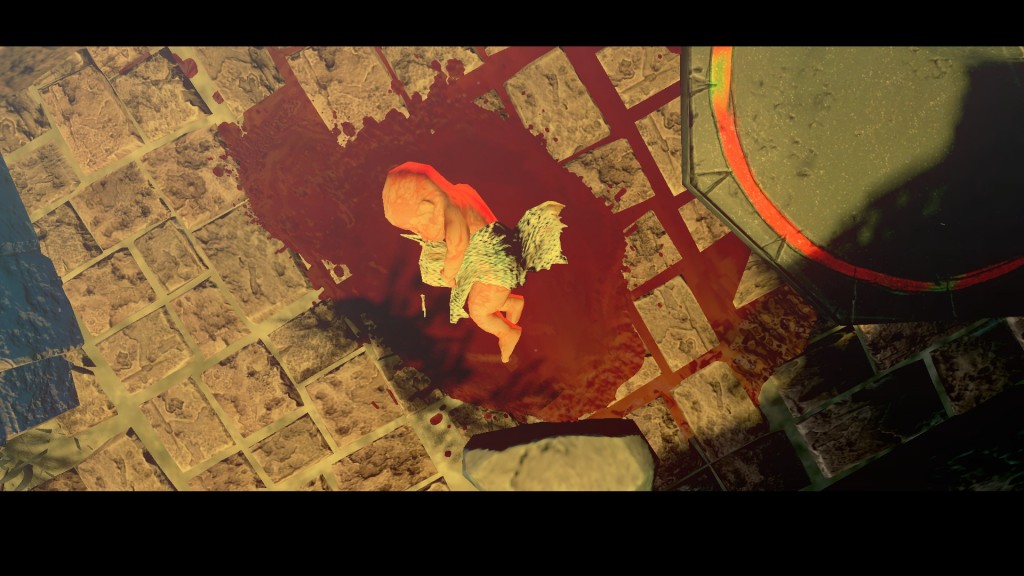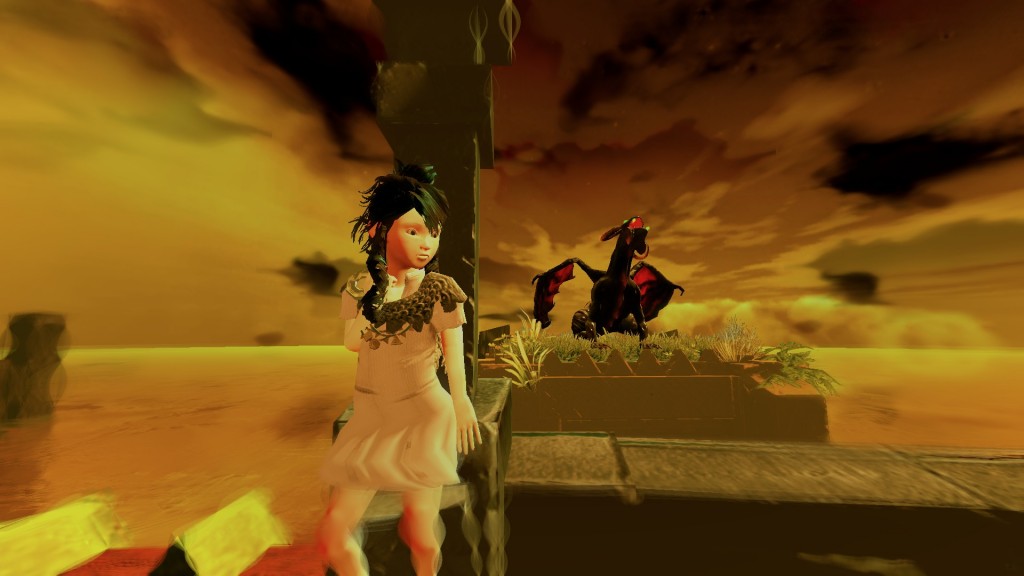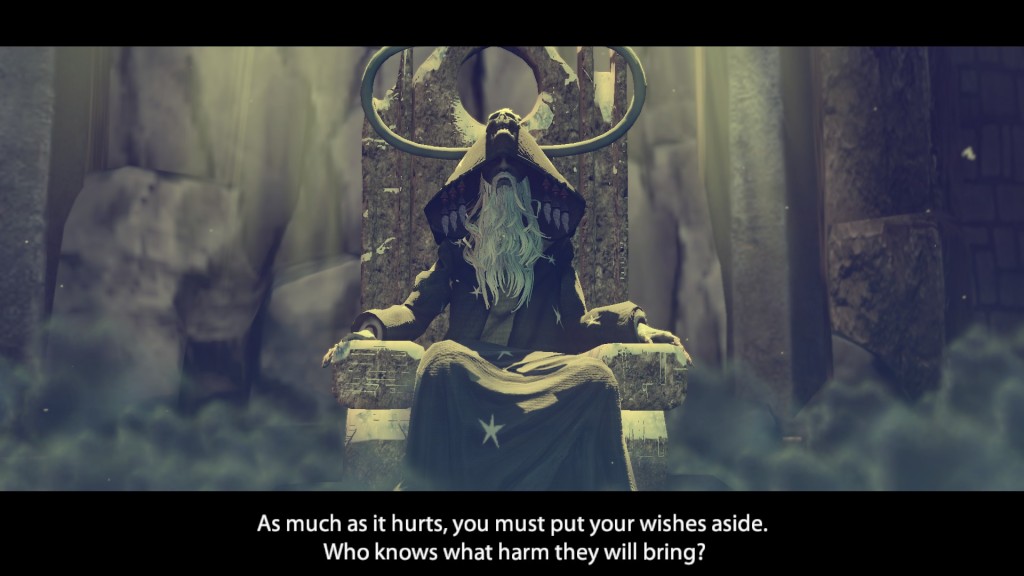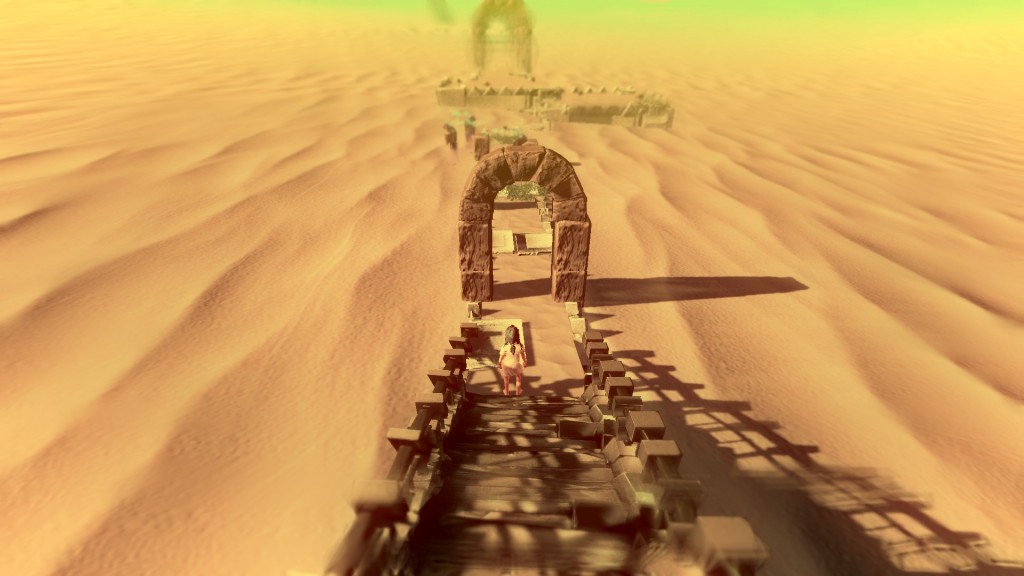
“A toy, not a game”
Today’s Slovenian games industry is mostly known for its mobile games and PC games. One key player is undoubtedly the company Outfit7, the mobile game creator, especially well known for the web series around Talking Tom. With an annual conference (https://sloveniagames.com/) and a vivid association, the community is eager to grow and connect. With a population of around 2 million people (2020) it is impressive to see that the Slovenian games industry is so vivid and active. This is probably also because the Slovenian game industry has an interesting history in game development.
One of the first games published in Slovenia was in 1984 by Žiga Turk and Matevž Kmet. “Kontrabant” is a text adventure with the goal that the player needs to smuggle computer parts into Yugoslavia to build an own PC. The game did cost around $9 (700 Yugoslavian dinars) and was for this time quite popular. In 1986, the game Zakladi Slovenije (Treasures of Slovenia) was released and is known as the first self-published indie title from Slovenia. It comes with a strong cultural aspect and enables the player to explore landmarks from Slovenia. Slovenian game studios also contributed to famous international titles such as the Panzer Elite Action series or adventure games such as Faust, The Legend of the Prophet and the Assassin, or Hitchcock: The Final Cut, all developed by Arxel Tribe, founded by Slovene architect in 1991, which started with TV production and ended making games in the early 2000s. Their breakthrough game was “Ring: The Legend of the Nibelungen, which sold 700.000 copies. After that, they became a video game publisher and was bought by Italy’s largest distributor. Another game company that developed a couple of popular games was ZootFly., founded in 2002 by team members of Arxel Tribe They were known for productions around the Panzer Elite series. Other important games include the action-adventure Marlow Briggs , co-developed with Microsoft Studios ($5 Mio budget with $45 Mio revenue). ZootFly was also known for experiments with a psychometrics engine. They would analyze the player input and adapt the game based on psychological profiles (e.g. to avoid unwanted endings, add more challenges or reduce violence during the play through). In 2013 the company was merged with a casino and gambling company utilizing their psychometrics research. (Read More About the Slovenian Game Dev History)
When I asked the community for recommendations for Slovenia games, one of the first apparent answers was Line Rider https://www.linerider.com/.
Line rider is an internet game developed in 2006 by the student Boštjan Čadež and was and still is an internet phenomenon. As a player, you simply draw lines on the play screen, which are then used by a small guy on a sled and with a red scarf to ride on. Once a track is created, the player can start the ride, which is simulating the physics of the ride. Created tracks can be saved and shared, and loaded. It is described as more of a toy than a game, as it does not come with any clear goals or winning/losing conditions. It is up to the player to create interesting tracks with cool loops, jumps, or stunts. The game got more and more popular also thanks to popular videos made on YouTube, often using this game/tool to create, for example, a game track that fits the sequence and rhythm of a music title. The original version did not come with erasing and zooming features, which were added in an update in 2006.
To develop this game the creator learned physics and vector mathematics through tutorials. Erasing was not part of the first version of the game, as the developer wanted to make players aware of their mistakes and that you cannot just erase them (“like life”).
The game starts with an empty canvas and simply provides a list of editing and drawing tools. This immediately invites the player to get active and creative. After a couple of attempts to at least get a working starting base and ending up with the knowledge that it is not as easy as it might look like, one can finally get creative and use this game as a creative toy as it was designed for. Still, the number of possible dying poses still reminds me a bit of Limbo. One of the most amazing elements of this game is all the created sophisticated tracks out there by really motivated people. It is often used in combination with music tracks aligned with the movements of the little guy. This includes full-fledged music videos to Queen’s Bohemian Rhapsody., William Tell Overture, or Beethoven’s 5th. The latter has more than 122Mio views on YouTube to date. This certainly also contributed to the game being hyped as the Internet phenomenon and still is.



| Release | 2006 |
| Genre | Sandbox Game, Physics Simulation |
| Developer | Boštjan Čadež (https://www.emergentstudios.io/) |
| Publisher | self-published (original version) |
| https://www.linerider.com/ |
